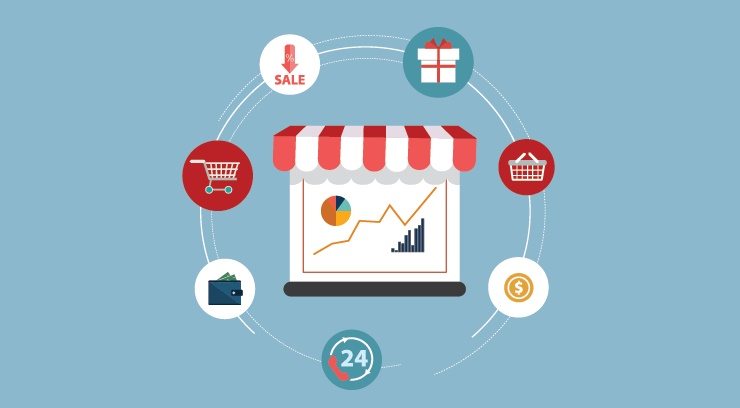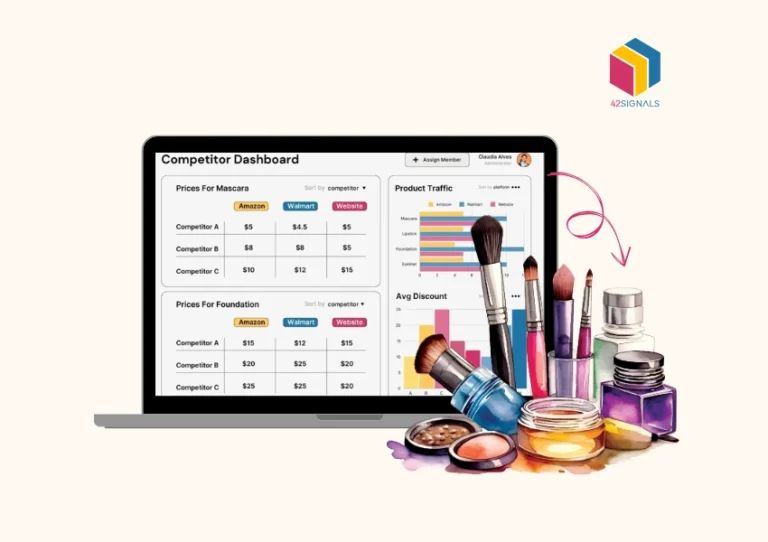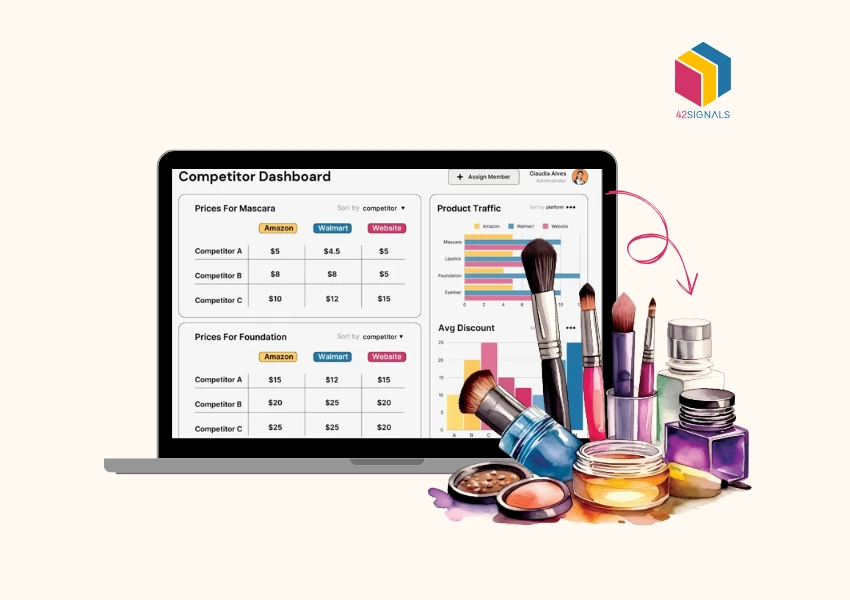Data is a game-changer tool for e-commerce businesses. Every click, cart addition, and customer scroll tells a story, revealing patterns that can transform raw metrics into a roadmap for dominance. To thrive in this digital battleground, businesses must decode customer behavior, harness real-time insights, and pivot with precision. That’s the importance of e-commerce analytics.
In this article, we’ll dissect how data-driven decisions don’t just keep you afloat—they propel your brand forward, turning fleeting trends into lasting growth.
The Need for E-commerce Analytics
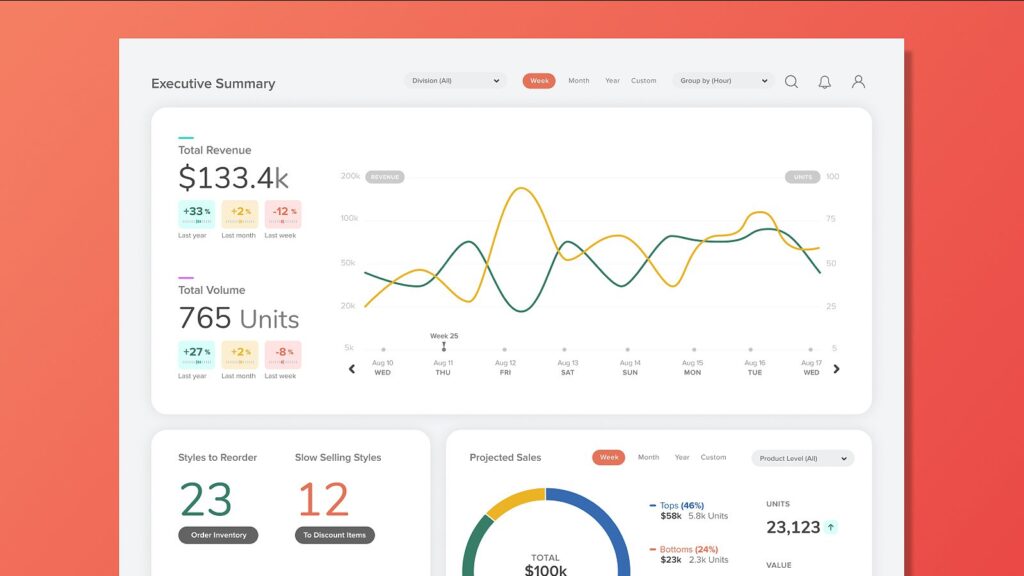
Image Source: Mayple
E-commerce analytics isn’t rocket science; it’s simply about collecting, analyzing, and understanding data from various digital channels. This process unveils insights into customer behavior, website performance, and the overall success of your business. Think of it as the compass guiding you to better comprehend customer preferences, optimize your marketing game, and boost those sales conversion rates.
Why should brands focus on E-commerce Analytics?
In today’s cutthroat market, it’s essential for brands to truly understand their customers, stay ahead of market trends, and have a clear picture of their overall business performance. Here are a couple of reasons why delving into e-commerce analytics makes sense for brands:
1. Customer Behavior Insights:
E-commerce analytics shows how customers interact with your site, what products interest them, and factors influencing purchases. Use this to improve user experience, personalize marketing, and enhance satisfaction.
2. Optimized Marketing Allocation
Analyzing campaign data helps brands find the most effective channels, messages, and campaigns for sales. Allocate resources efficiently, optimize for better ROI, and target the right audience.
3. Growth Opportunities Unveiled with E-commerce Analytics
E-commerce analytics unveils market trends, customer preferences, and new opportunities. Identify fresh product categories, niche markets, and untapped customer segments for a competitive edge and business growth.
4. Performance Monitoring
Track vital KPIs like sales, conversion rates, and customer value with e-commerce analytics. Identify improvement areas, spot sales process bottlenecks, and measure the impact of changes for ongoing success.
Digital Shelf Analytics: Optimizing Your Online Presence
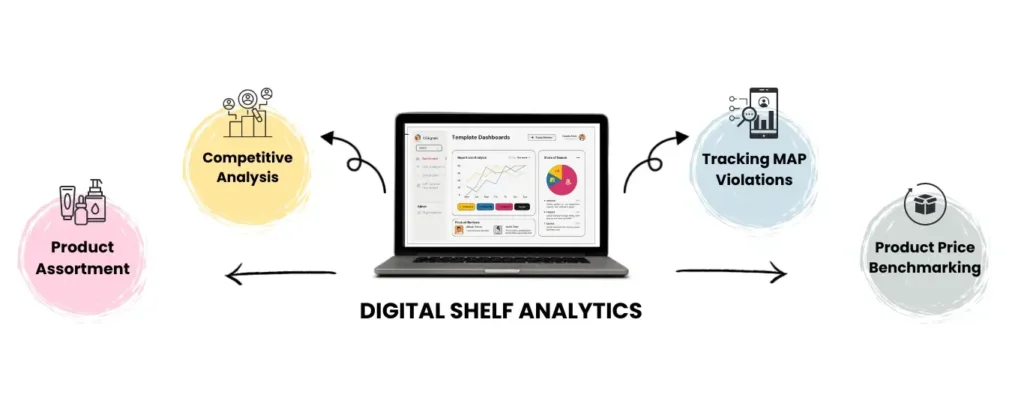
E-commerce analytics shines when it comes to boosting your online game. Digital shelf analytics, in simple terms, means keeping a close eye on how your products show up across different online platforms. The goal? Making sure they not only get seen by as many eyes as possible but also turn those views into actual sales.
Product Availability Monitoring
Track inventory levels to ensure products are always in stock, avoiding missed sales opportunities and maintaining customer satisfaction.
Optimized Product Listings with E-Commerce Analytics
Use digital shelf analytics to enhance product titles, descriptions, images, and pricing for improved visibility, increased click-through rates, and higher conversions.
Competitor Listing Analysis
Gain insights into competitor pricing, product positioning, and promotions to adjust your strategy, improve descriptions, and develop competitive marketing approaches.

Digital shelf analytics provides businesses with real-time data and insights into their online presence, allowing them to make data-driven decisions to optimize their product listings and drive sales.
Voice of Customer Analytics: Understanding Customer Needs
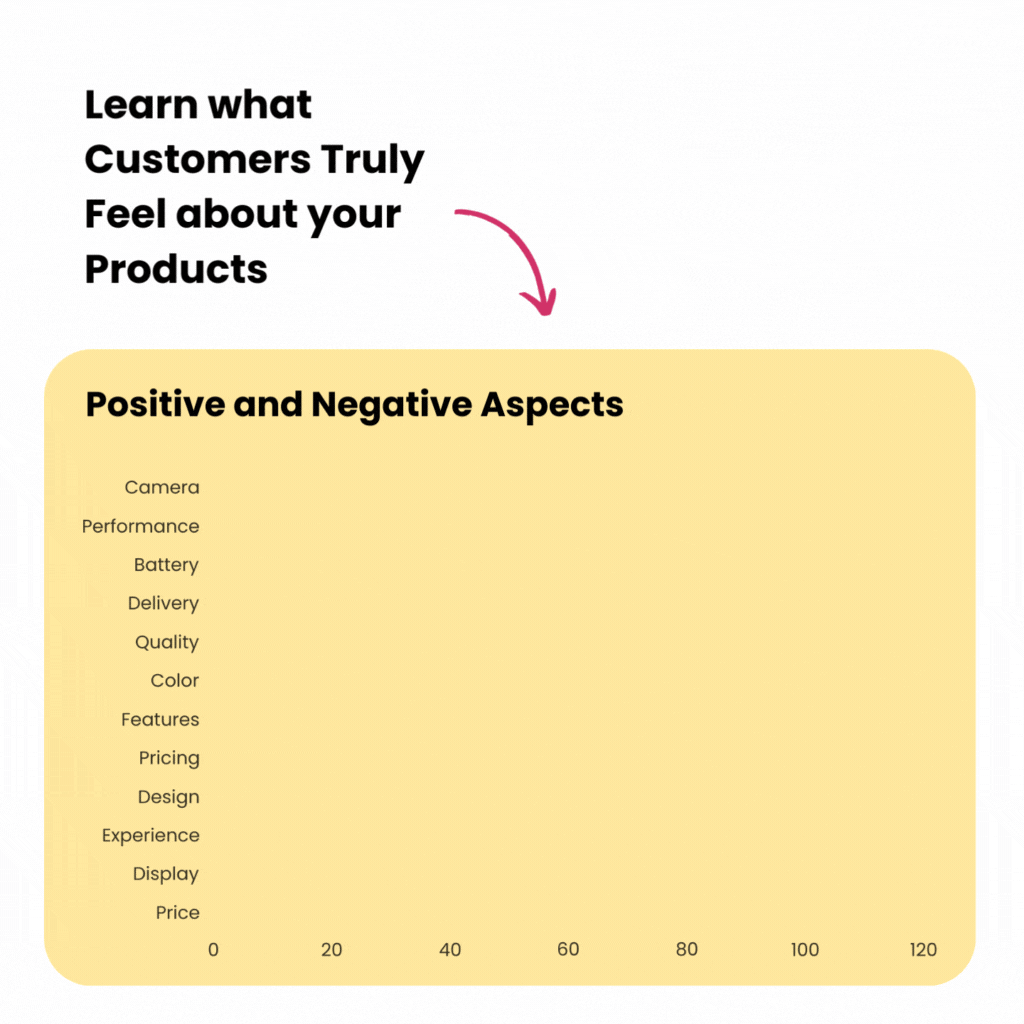
Getting a handle on what your customers want and like is a big deal for any e-commerce business. That’s where Voice of Customer (VoC) analytics comes in – it’s all about gathering and digging into customer feedback and feelings. The goal? To figure out what’s working, what needs a tweak, and ultimately make the whole customer experience better. Top of Form
Here’s how VoC analytics can help in understanding customer needs:
Feedback Analysis
VoC analytics collects and analyzes customer feedback, reviews, and ratings, offering insights into satisfaction, product improvements, and potential issues.
Pain Point Identification
Analyzing customer feedback helps spot common pain points or areas for improvement, guiding adjustments for an enhanced customer experience.
Personalized Interactions with E-Commerce Analytics
VoC analytics understands customer preferences, enabling tailored marketing, product recommendations, and customer support based on individual needs.
Voice of Customer analytics allows businesses to gain a deeper understanding of their customers, improve their products and services, and enhance the overall customer experience.
MAP Violation Tracking: Maintaining Brand Integrity
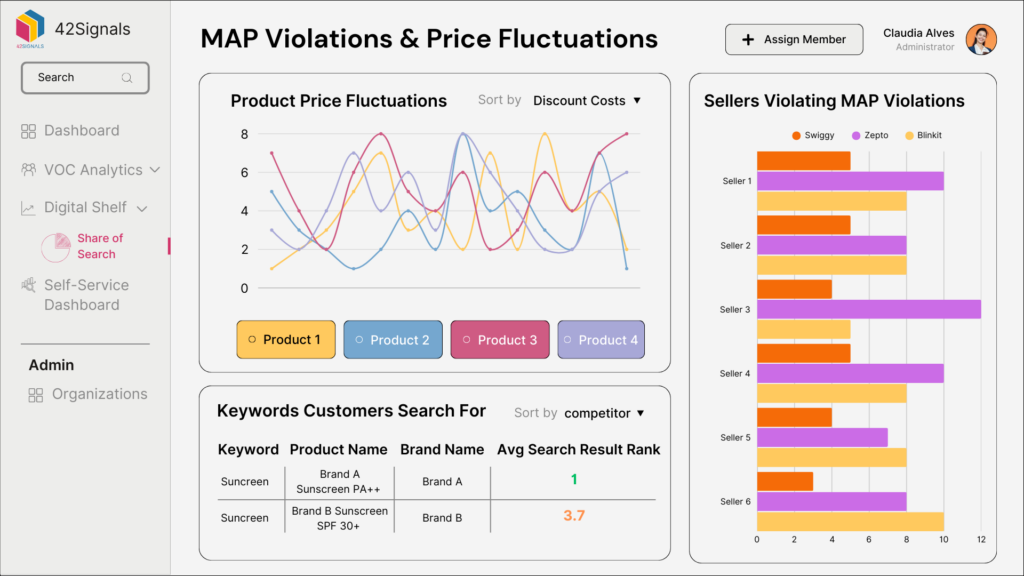
Maintaining brand integrity and pricing consistency across different online platforms is essential for e-commerce businesses. Minimum Advertised Price (MAP) violation tracking involves monitoring and identifying instances where resellers are selling products below the minimum advertised price set by the brand. Here’s why MAP violation tracking is important:
Protecting brand reputation
Consistent pricing across all channels helps in maintaining brand integrity and reputation. By monitoring MAP violations, businesses can take necessary actions to ensure that their products are being sold at the right price and that resellers are adhering to their pricing policies.
Maintaining healthy channel relationships
MAP violation tracking allows businesses to identify and address any issues with resellers who consistently violate pricing policies. By maintaining healthy channel relationships, businesses can ensure a fair and consistent pricing environment across all platforms.
Preventing price erosion
MAP violation tracking helps prevent price erosion and protects profit margins. By monitoring and addressing instances of pricing violations, businesses can maintain price stability and enforce their pricing policies.

Maintaining brand integrity and consistent pricing is crucial for e-commerce businesses to build trust with customers and maintain a competitive edge in the market.
Product Availability: Enhancing Customer Satisfaction with E-Commerce Analytics
Ensuring product availability is a critical aspect of e-commerce analytics. By tracking inventory levels and monitoring product availability, businesses can enhance customer satisfaction and avoid missed sales opportunities. Here’s how product availability analytics helps in enhancing customer satisfaction:
Real-time Inventory Oversight
E-commerce analytics tracks inventory in real-time, preventing disappointments from out-of-stock orders and safeguarding the customer experience.
Smart Restocking Practices
Businesses optimize restocking by analyzing product availability data, recognizing popular items, and ensuring timely restocking to meet customer demand.
Efficient Fulfillment Operations
Product availability analytics streamlines fulfillment with real-time insights, ensuring smooth order processing, accurate inventory allocation, and timely shipments for enhanced efficiency.
By leveraging product availability analytics, businesses can enhance customer satisfaction, improve operational efficiency, and drive repeat purchases.
Competitor Benchmarking: Setting Your Business Apart
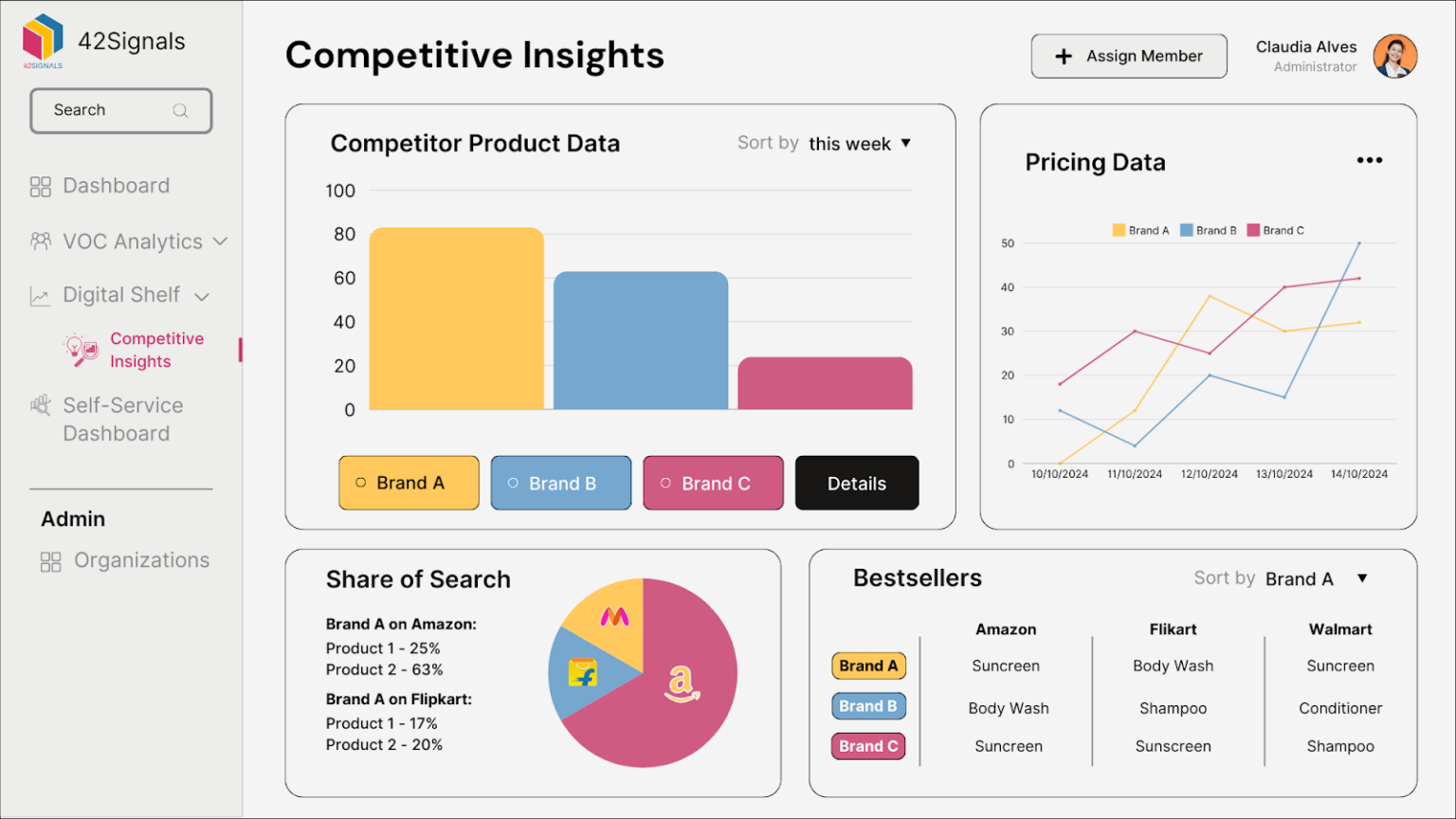
In the fiercely competitive e-commerce landscape, understanding your competitors and benchmarking your performance against them is crucial for success. Competitor benchmarking involves tracking and analyzing competitor data to identify their strengths, weaknesses, opportunities, and threats. Here’s how competitor benchmarking can help set your business apart:
Competitive Edge Identification
Analyzing competitor data reveals areas of advantage, whether in pricing, product quality, or unique value propositions. This intel allows brands to highlight strengths and stand out in the market.
Trend Adaptation
Competitor benchmarking keeps businesses informed on trends, emerging competitors, and industry shifts. This knowledge aids in adapting marketing strategies and staying ahead of the competition.
Market Gap Discovery with E-Commerce Analytics
Through competitor data analysis, businesses identify strategic opportunities to fill market gaps. Whether with a unique product, niche targeting, or outstanding customer service, benchmarking unveils untapped potential.
By leveraging competitor benchmarking, businesses can gain valuable insights, make informed decisions, and differentiate themselves in a crowded marketplace.
What are the Best Tools for E-Commerce Analytics
There are several analytics tools available in the market that can help businesses effectively analyze and interpret e-commerce data.
42Signals is a comprehensive e-commerce analytics solution designed to provide businesses with actionable insights and drive growth. Here are some features and benefits of 42Signals:
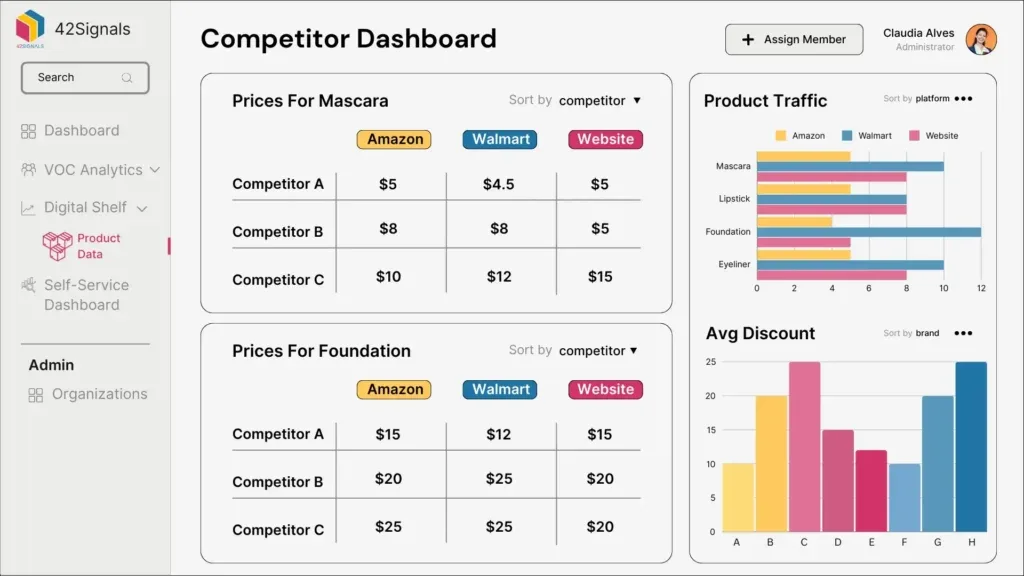
- Data Visualization: 42Signals offers intuitive dashboards and visuals for quick metric analysis, using interactive charts and reports to provide a snapshot of vital data.
- Multi-channel Tracking: With 42Signals, businesses seamlessly track data across websites, social media, email campaigns, and more, gaining a comprehensive view of customer interactions and overall performance.
- Advanced Segmentation: 42Signals allows businesses to segment customer data based on demographics, purchase behavior, and engagement levels, enabling personalized marketing and improved customer retention.
- Real-time Alerts: Stay proactive with 42Signals’ real-time alerts for events like website traffic spikes or low inventory, enabling timely decisions and optimized overall performance.
42Signals is a powerful analytics tool that provides businesses with the necessary insights to drive growth, optimize marketing efforts, and improve customer satisfaction.
Conclusion on E-Commerce Analytics
Mastering e-commerce analytics is key to running a thriving online business. When businesses grasp the nuances of e-commerce analytics and utilize the appropriate tools, they unlock precious insights into customer behavior. Armed with this knowledge, they can fine-tune their online presence and set the stage for growth.
From data tracking and analysis to digital shelf analytics, voice of customer analytics, MAP violation tracking, and competitor benchmarking, e-commerce analytics encompasses various aspects that help businesses make informed decisions and stay ahead of the competition.
With the right analytics tools, such as 42Signals, businesses can unlock the power of data and drive their e-commerce success. For more details, contact us at sales@42signals.com.
